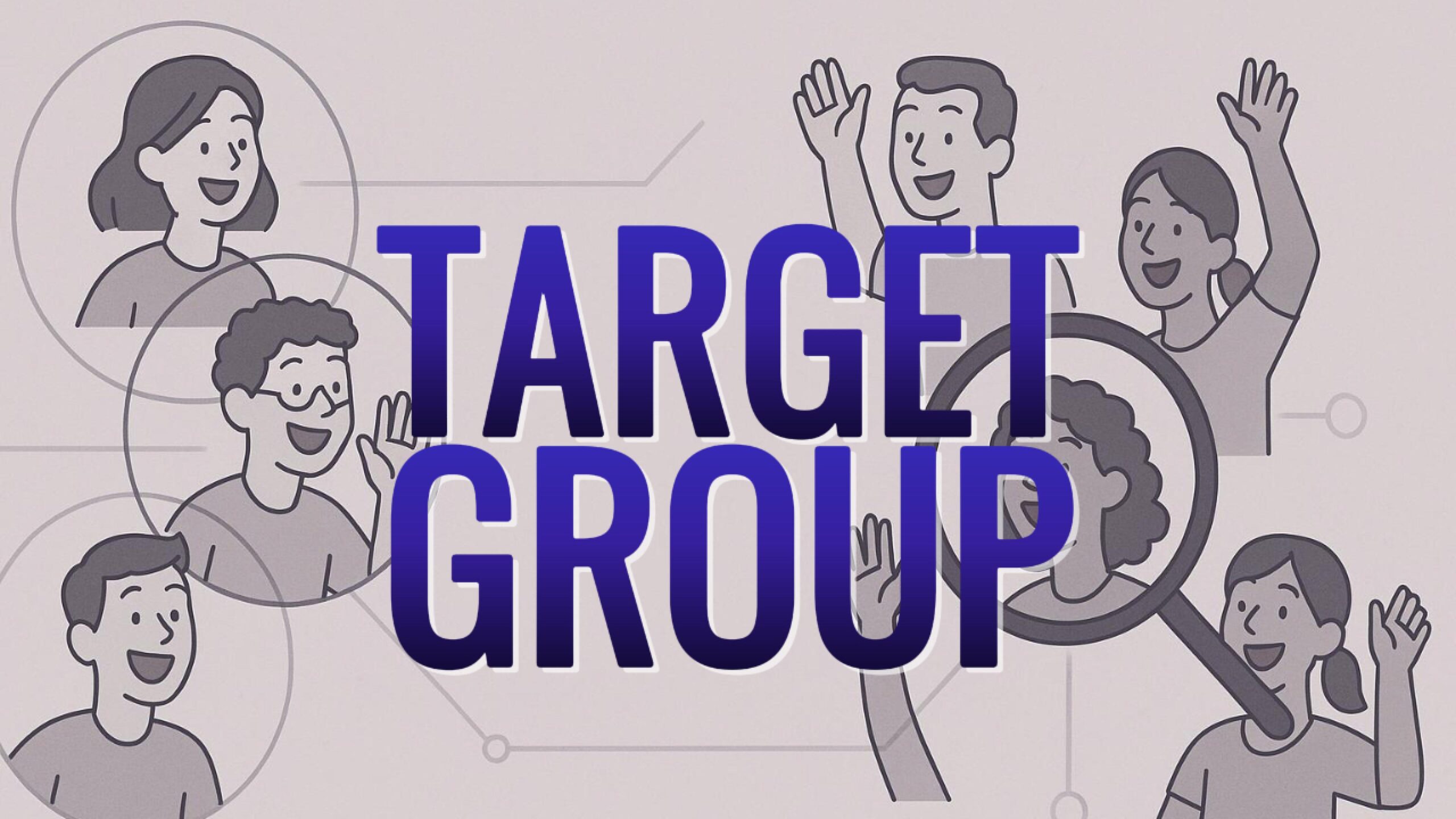
Target Group
Understanding your target group saves a lot of money and trouble. Not understanding your target group, not feeling their needs, not sharing their joy and concerns about the brand or product – it’s going to be very difficult to successfully position yourself in the market. It takes much longer and the marketing budget has to be much higher because you’re throwing a large part of it out the window.
Why do some start-ups achieve market success? They empathize with their customers because they have experienced their pain points themselves. It was precisely their confrontation with the shortcomings of conventional offers that motivated them to do better and build their own business on it. By contrast, in more mature companies, the market partners have often grown apart, like a married couple who no longer make time for each other. But don’t worry, I’ll reunite brand and target group, and that starts with a thorough psychoanalysis.
When it comes to evaluating whether a target group has been properly defined at all, I’m at least as picky as an allergy sufferer at a hotel buffet. What I’ve seen agencies or consultants sell companies as target group descriptions are often, unfortunately, outrageous platitudes. And you can’t build on a shaky foundation.
“Student” is one such poor description of a target group. Anyone who has ever set foot on campus knows that there is no such thing as a typical student – there are the eager memorizers, there are the carefree party animals, the tough young entrepreneurs and the caretakers who organize study groups. Yes, maybe these fundamentally different personalities would sit together in a seminar, but they would probably not share their free time together. Their attitudes towards music, nutrition, sports, sustainability would be too different. Not to mention their preferred shopping locations and brands. Anyone who tries to address students as a target group will see their budget suffer from huge wastage. You can do the same exercise with a target group of “seniors” or “young parents”.
Therefore, segmentation by life phase, by age and gender is like marketing with a watering can, only that you draw boundaries in the wrong place. You unnecessarily exclude future customers for whom the brand might have been interesting.
A good definition of the target group focuses on their personality, on their habits of perception and decision-making. If that sounds too much like psychology to you, then you’re right. But don’t worry, we’ll skip the whole theoretical part when we present the target group to your sales representatives – they’ll see all their prejudices about their customers confirmed and also learn some new ones.
My experience shows that every one of your employees in marketing and product, everyone in sales and customer care, simply everyone who works with customers, needs to understand the personality of the customer. To this end, I offer to introduce your team to the target group in a clear, transparent and entertaining way, from C-level to customer service.
But how do we get this understanding of the target group? Where does the data come from? I offer you a whole range of options, from desk research and evaluating existing market research to online tests. Often, structured discussions with stakeholders already provide a lot of insights for working hypotheses that can then be tested online. During my time at the University of Lüneburg, I developed a model for this that I have successfully applied in many companies. I would be happy to tell you more about it. Because there is nothing more important than working with target groups.